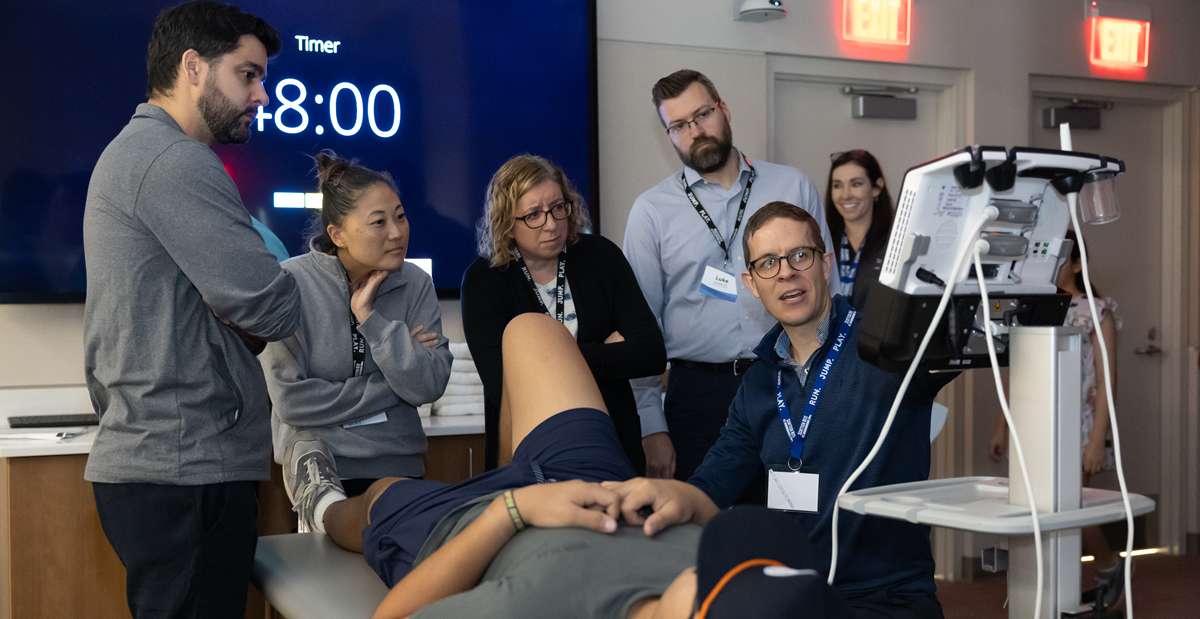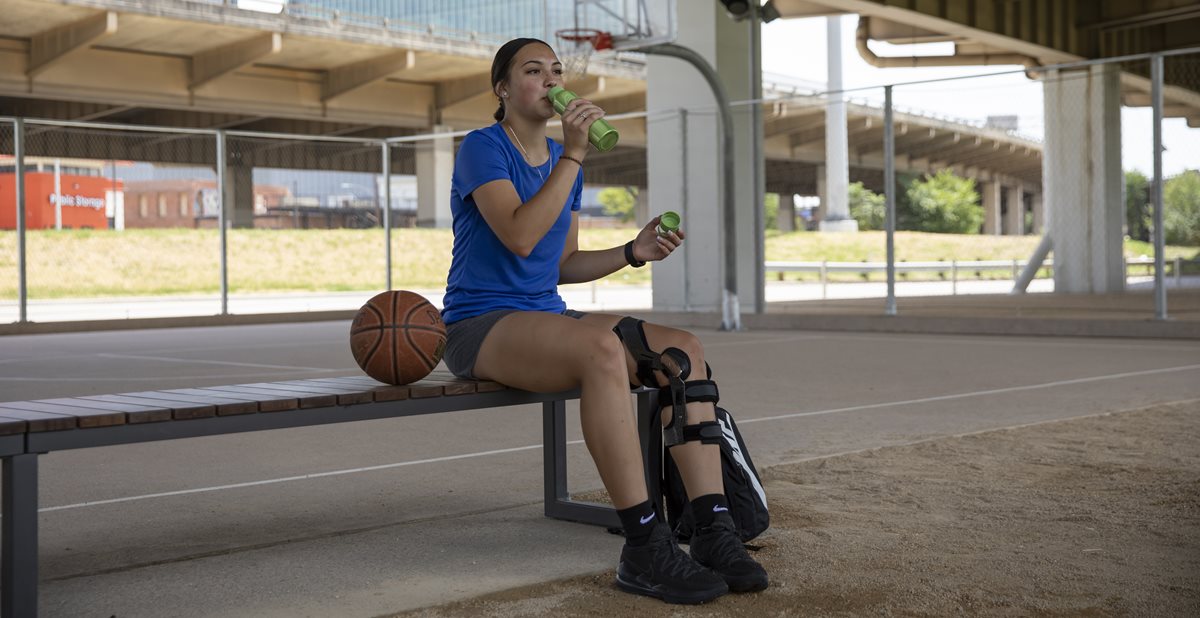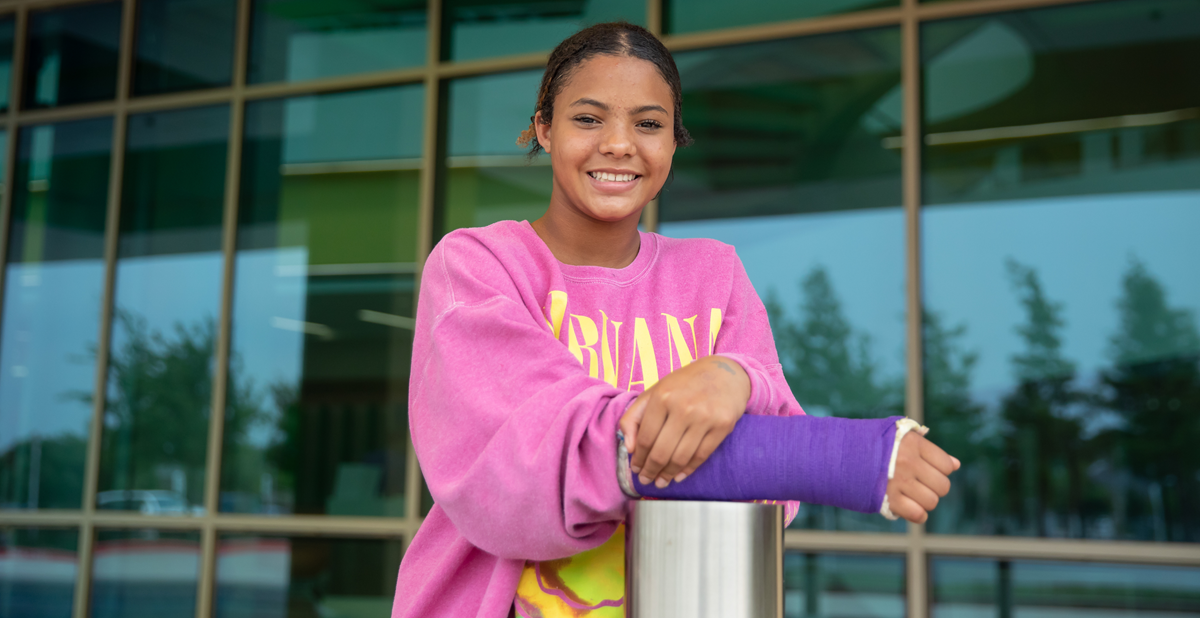
Jan 09, 2020 / Sports Medicine
Overuse, Overtraining and Burnout: Here's a Breakdown
Some may think these words can be used interchangeably, but our expert Shane M. Miller, M.D., who cares for young athletes on the sidelines and in the clinic, says otherwise.
What they do have in common is that they are red flags and each needs to be addressed with equal attention. Unfortunately, though one does not always cause the other, an athlete may experience more than one of these because they are related.
Here is a quick description of each:
Learn more about pediatric sports medicine.
What they do have in common is that they are red flags and each needs to be addressed with equal attention. Unfortunately, though one does not always cause the other, an athlete may experience more than one of these because they are related.
Here is a quick description of each:
- Overuse (Injuries) occur when a body part gets worn out or injured because a motion is repeated over and over without adequate rest and recovery. This happens in many sports, but common examples include knee pain in sports that involve running and jumping, such as soccer or basketball, and shoulder and elbow injuries in sports that involve throwing or overhead activity such as volleyball or baseball. In young and growing athletes, the growth plates are particularly vulnerable to overuse injuries.
- Overtraining occurs when a high volume or high intensity of training causes a decline in athletic performance. This may occur during regular training, pre-season intensive training, or during high volume competition such as tournaments or post-season playoffs.
- Burnout occurs when an athlete experiences internal or external pressures that outweigh their motivation to participate. This causes athletes to no longer enjoy participating in their sport, reduces their commitment to training and, in some cases, causes them to quit a sport completely.
- A sudden or gradual worsening in performance or disinterest in participating in practice or competition.
- Complaints of pain during or after activity.
- An expression of a desire to quit.
Learn more about pediatric sports medicine.



